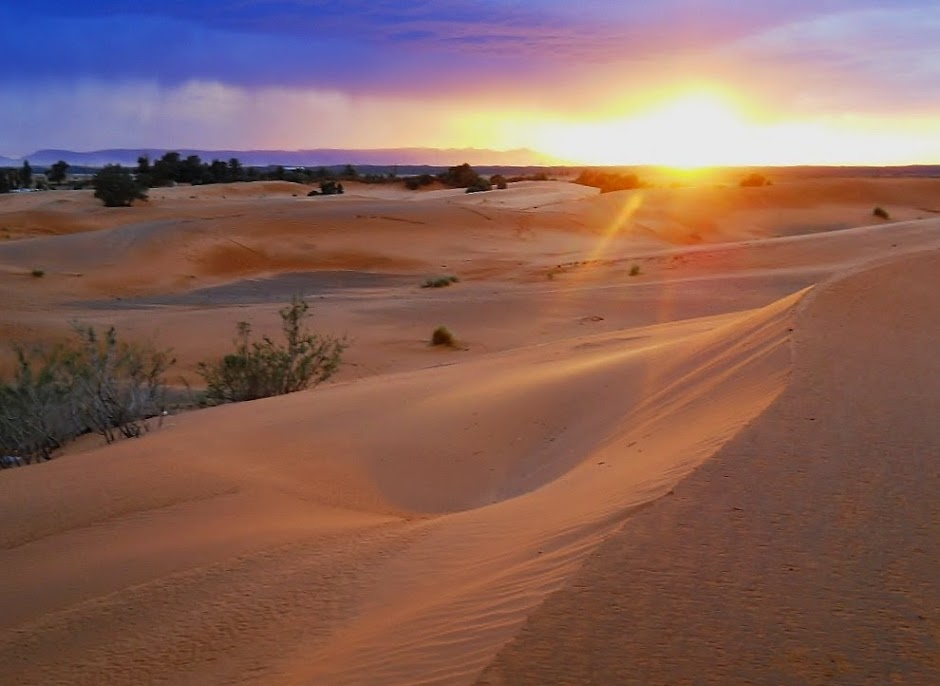What is Kwanzaa and how is it celebrated?
(The December 31 Weekly Insight from Spirituality U. at Interfaith Paths to Peace)
(The December 31 Weekly Insight from Spirituality U. at Interfaith Paths to Peace)
Kwanzaa, perhaps the newest of
mid-winter holidays, is celebrated each year from December 26 through January
1. The name comes from the Swahili term for the “first fruits of the harvest.”
Kwanzaa was established in 1966 during the Civil Rights movement by Professor
Maulana Karenga as an opportunity for African Americans to celebrate the
culture and values of their native continent.
And though it may have originally been
intended as an alternative to the Christmas holiday, today many African
Americans celebrate both Christmas and Kwanzaa. Moreover, many people in the
African American community now invite people of other races and cultures to
join in the observance and rituals.
The seven days of Kwanzaa are built
around the recognition and celebration of seven African community values
comprising:
Umoja (Unity): To strive for and to maintain unity in the
family, community, nation, and race.
Kujichagulia (Self-Determination): To define ourselves, name
ourselves, create for ourselves, and speak for ourselves.
Ujima (Collective Work and Responsibility): To build and
maintain our community together and make our brothers' and sisters' problems
our problems, and to solve them together.
Ujamaa (Cooperative Economics): To build and
maintain our own stores, shops, and other businesses and to profit from them
together.
Nia (Purpose): To make our collective vocation the
building and developing of our community in order to restore our people to
their traditional greatness.
Kuumba (Creativity): To do always as much as we can, in the
way we can, in order to leave our community more beautiful and beneficial than
we inherited it.
Imani (Faith): To believe with all
our hearts in our people, our parents, our teachers, our leaders, and the
righteousness and victory of our struggle.
Kwanzaa symbols include a decorative
mat (Mkeka)
on which other symbols are placed, corn (Muhindi) and other crops, a candle
holder kinara with seven
candles (Mishumaa Saba), a communal
cup for pouring libation (Kikimbe cha Umoja), gifts (Zawadi), a poster of the seven principles, and a black, red, and green flag. The symbols were designed to convey the seven principles
descried above.
A Kwanzaa ceremony may include
drumming and musical selections, libations, a reading of the African Pledge and
the Principles of Blackness, reflection on the Pan-African colors, a discussion of the African principle of the day or a
chapter in African history, a candle-lighting ritual, artistic performance,
and, finally, a feast (karamu).
The greeting for each day of Kwanzaa is Habari
Gani? which is Swahili for
"What's the News?"
Here is a
link to the official Kwanzaa Web Site:

